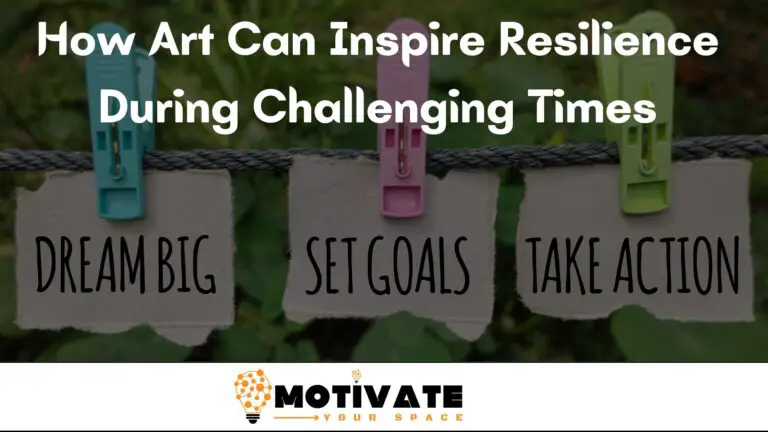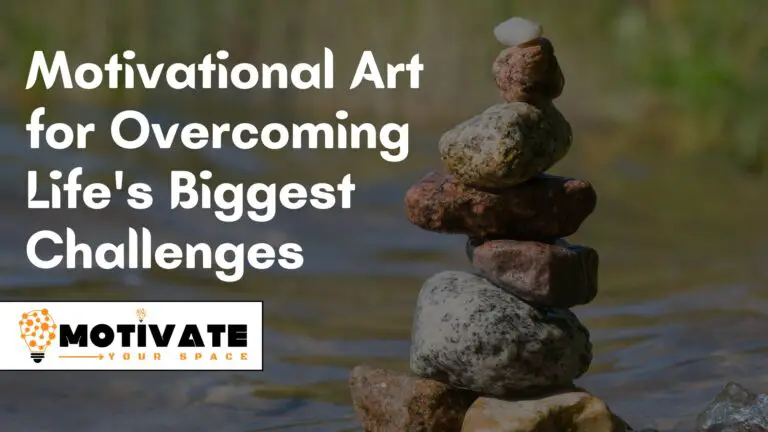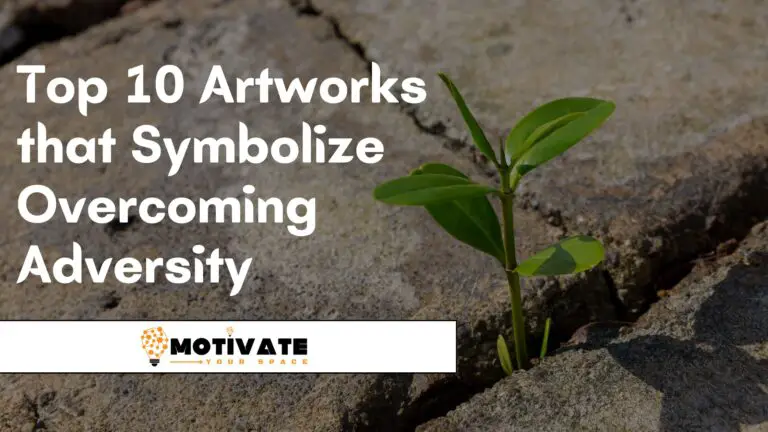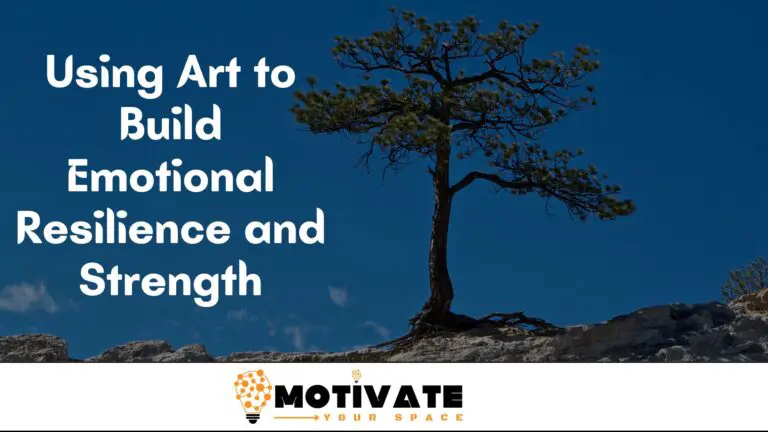Art That Reflects the Struggles And Triumphs of Adversity
Art that reflects the struggles and triumphs of adversity captures the human spirit’s resilience. It serves as a powerful expression of both pain and victory.
Art has the unique ability to convey deep emotions and complex experiences. Through various forms, artists highlight personal and collective battles against adversity. These works often resonate with audiences, providing solace and inspiration. They shine a light on difficult journeys, showing that overcoming challenges is possible.
Artists use vivid imagery, poignant themes, and compelling narratives to tell these stories. Such art not only reflects individual struggles but also fosters empathy and understanding among viewers. By engaging with these pieces, people can find strength and hope in their own lives.
The Power Of Art In Adversity
The Power of Art in Adversity is a profound subject. Art has always been a mirror to society. It reflects both our struggles and our triumphs. In times of hardship, art can provide comfort, inspiration, and a sense of solidarity.

Historical Context
Throughout history, art has been a powerful response to adversity. During the Renaissance, artists depicted the harsh realities of the plague. In the 20th century, Picasso’s “Guernica” captured the horrors of war. Art has always been a tool for expressing pain and resilience.
| Era | Example |
|---|---|
| Renaissance | Plague paintings |
| 20th Century | Picasso’s “Guernica” |
Modern Examples
Today’s artists continue to use their work to highlight adversity. Banksy’s street art often comments on social issues. Ai Weiwei’s installations address human rights and freedom. These artists use their platforms to raise awareness and spark change.
- Banksy: Street art on social issues
- Ai Weiwei: Installations on human rights
Art has a unique power to connect people. It can turn pain into beauty and bring hope in dark times. The power of art in adversity is truly remarkable.

Artists As Storytellers
Artists have a unique way of sharing stories. They use colors, shapes, and textures. Through their art, they tell tales of hardship and victory. This makes art powerful and relatable. It connects with people on a deep level.
Personal Narratives
Many artists draw from their own lives. They use personal narratives to express their feelings. These stories often show the artist’s struggles and triumphs. For example, an artist might paint about their battle with illness. This gives the viewer a peek into their world.
Personal narratives can be very moving. They allow viewers to feel empathy. They also inspire others who face similar challenges. The artist’s courage shines through their work.
Cultural Narratives
Some artists focus on cultural narratives. They tell stories of their community or heritage. This type of art can highlight social issues or celebrate traditions. It can also bring awareness to cultural struggles.
Through cultural narratives, artists can educate others. They can also preserve their culture for future generations. This type of storytelling is very important.
| Type of Narrative | Description |
|---|---|
| Personal Narratives | Stories from the artist’s own life. |
| Cultural Narratives | Stories of community or heritage. |
Visual Expression Of Struggles
Art has a profound ability to convey deep emotions. It serves as a powerful medium for expressing struggles. Artists often use their work to depict the challenges they face. Through visual expression, they reveal their innermost feelings. This helps others understand and connect with their experiences.
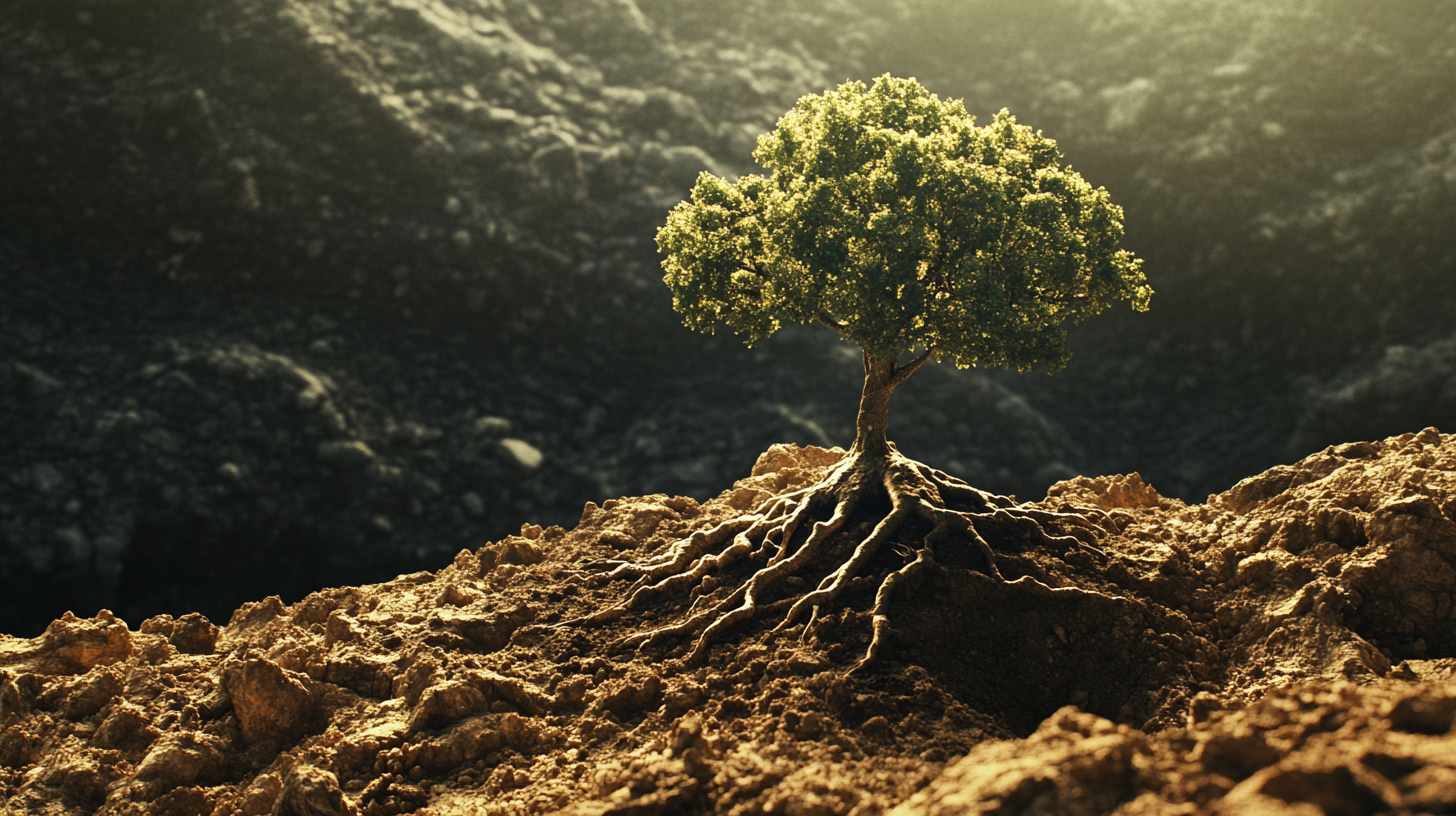
Symbolism In Art
Symbolism plays a crucial role in art. It allows artists to communicate complex ideas. For example, a broken chain can represent freedom from oppression. A wilted flower might symbolize loss or grief. Colors also carry symbolic meanings. Red can signify anger or passion, while blue may evoke sadness.
Artists use these symbols to tell stories. They offer a visual language that transcends words. This makes their work accessible to a broader audience. The use of symbolism enriches the viewer’s understanding. It adds layers of meaning to the artwork.
Emotional Impact
Art that reflects struggles often has a strong emotional impact. It can evoke feelings of empathy and compassion. When viewers see the pain or joy depicted, they feel a connection. This emotional response can be very powerful.
Artists aim to touch the hearts of their audience. They want to provoke thought and inspire change. The emotional impact of their work can lead to greater awareness. It can spark important conversations about the issues depicted.
Here is a table showing some common symbols and their meanings:
| Symbol | Meaning |
|---|---|
| Broken Chain | Freedom from oppression |
| Wilted Flower | Loss or grief |
| Red | Anger or passion |
| Blue | Sadness |
Through their art, creators share their struggles and triumphs. This helps build a sense of community. It fosters understanding and empathy among viewers.
Art As A Form Of Resistance
Throughout history, art has served as a powerful tool for expressing resistance. Artists use their work to reflect the struggles and triumphs of adversity. Their creations become a voice for the voiceless, a shield against oppression, and a symbol of hope.
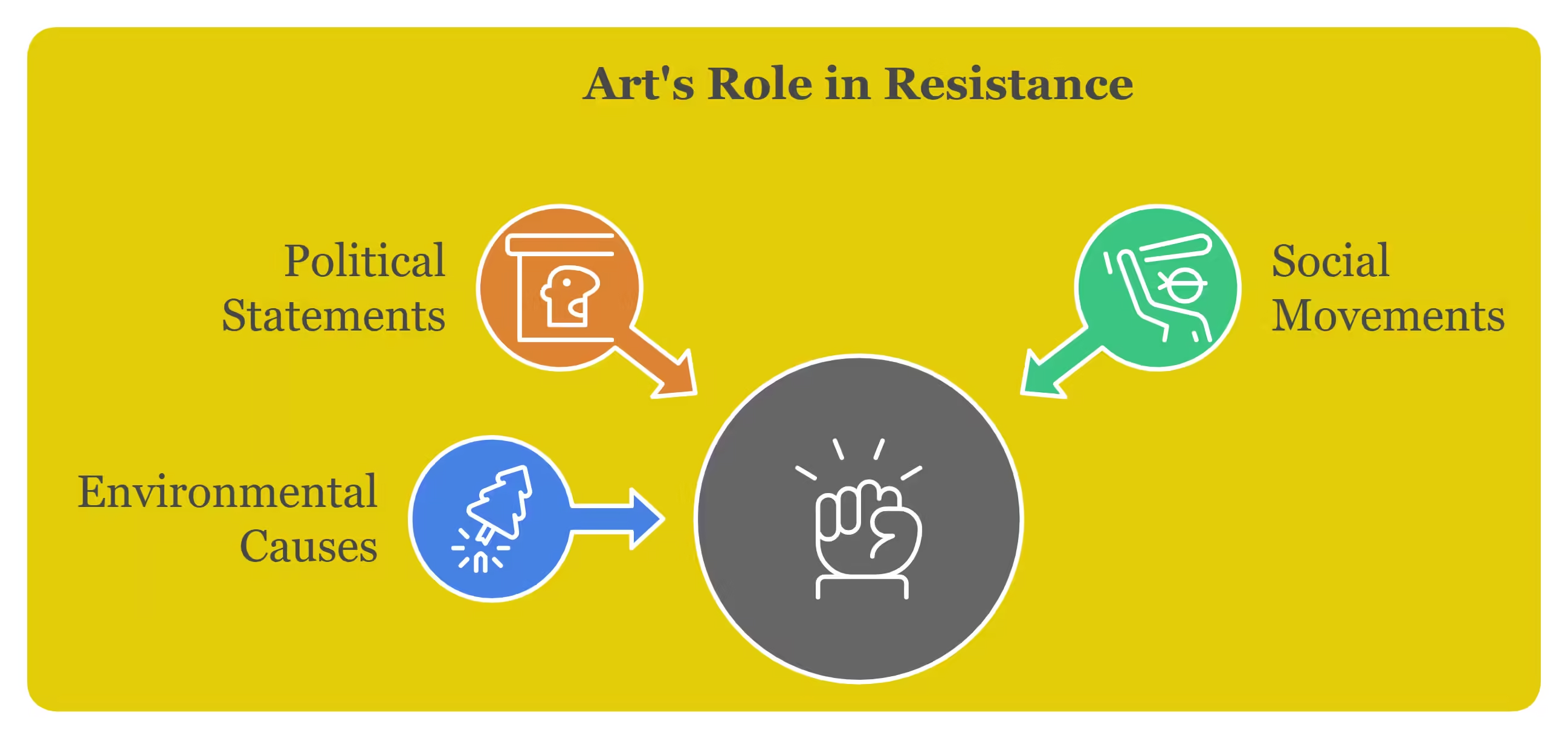
Political Statements
Art often makes bold political statements. Artists like Banksy use graffiti to challenge authority. They question the status quo and ignite discussions on important issues. Their work highlights injustices and promotes change.
During times of war, artists capture the horrors and heroism on canvas. They document events that might be forgotten. Their paintings and sculptures keep the memories alive and educate future generations.
Political art can also be subtle. It might use symbolism to convey a message. For instance, Picasso’s “Guernica” depicts the tragedies of war and the suffering it inflicts on innocent lives.
Social Movements
Art plays a crucial role in social movements. It inspires and mobilizes people. During the Civil Rights Movement, artists created posters and songs to rally support. They used their talents to fight for equality and justice.
Murals and street art often bring attention to social issues. They transform public spaces into platforms for dialogue. These artworks can be seen in neighborhoods affected by poverty or violence. They highlight the resilience and strength of the community.
Artists also use their work to support environmental causes. They create pieces that show the beauty of nature and the need to protect it. Their art raises awareness about climate change and encourages action.
| Art Form | Purpose | Impact |
|---|---|---|
| Graffiti | Challenge authority | Sparks discussion |
| Paintings | Document events | Educates generations |
| Murals | Highlight issues | Mobilizes communities |
- Art gives a voice to the voiceless.
- It serves as a shield against oppression.
- It symbolizes hope and resilience.
Healing Through Art
Art can be a powerful tool for healing. It helps people express their emotions. Through art, individuals can find peace and comfort. Art allows a person to tell their story, especially during tough times. The process of creating art can be therapeutic and transformative.
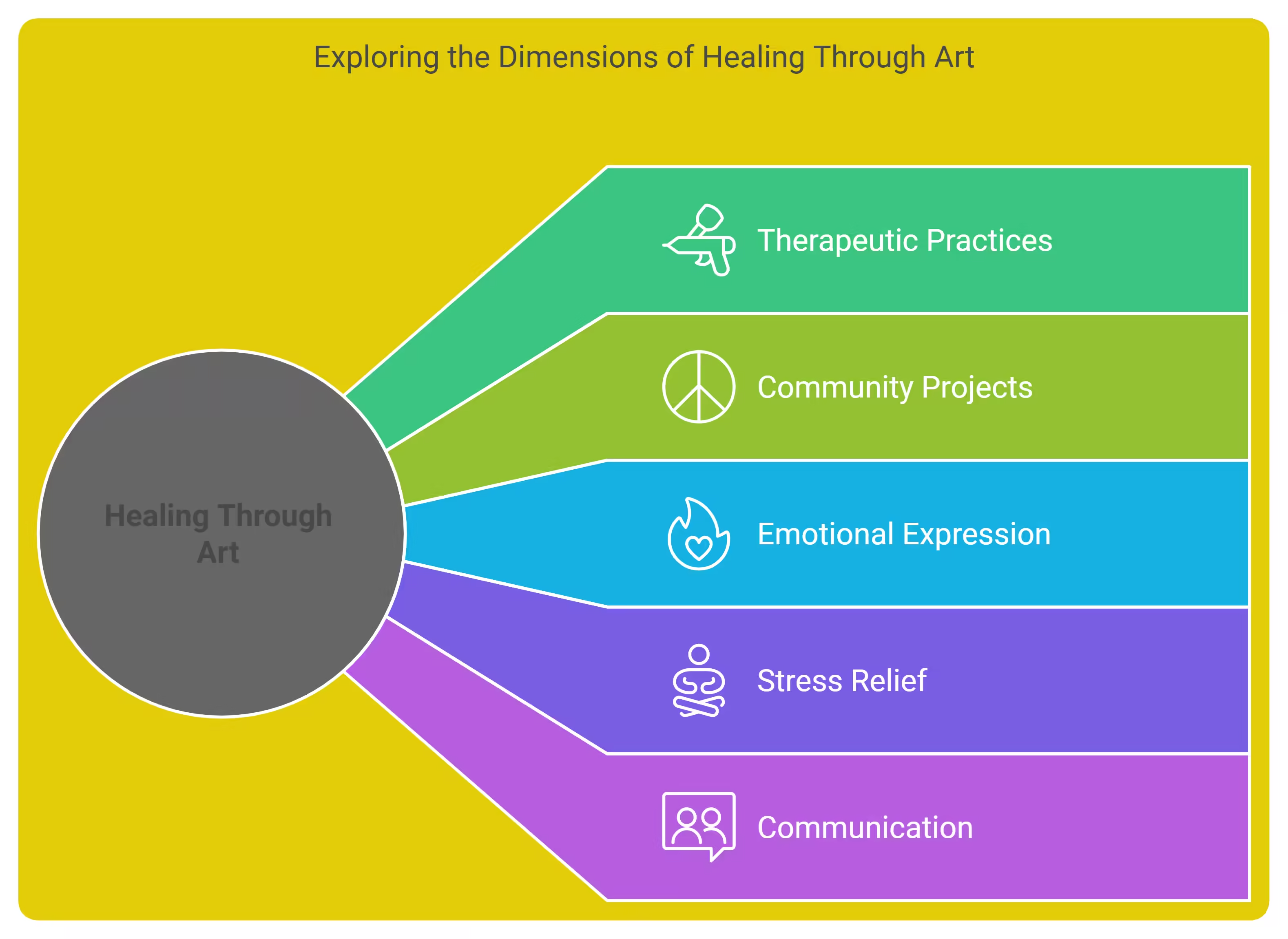
Therapeutic Practices
Therapeutic art practices include drawing, painting, and sculpting. These activities help people deal with stress and anxiety. They can also boost self-esteem and provide a sense of accomplishment. Therapists often use art to help patients open up and communicate.
Here are some common therapeutic art practices:
- Drawing: Helps in expressing thoughts and feelings.
- Painting: Encourages creativity and relaxation.
- Sculpting: Offers a tactile way to work through emotions.
Community Projects
Community art projects bring people together. These projects promote unity and understanding. They often reflect the shared struggles and triumphs of the community. Working on a project as a group can foster a sense of belonging.
| Project Type | Benefits |
|---|---|
| Mural Painting | Builds community pride and beautifies the area. |
| Community Sculptures | Provides a physical representation of shared experiences. |
| Collaborative Installations | Encourages teamwork and collective creativity. |
Art can be a beacon of hope. It helps individuals and communities heal and grow. Through art, people can find strength and resilience.
Art And Identity
Art has always been a powerful tool for expressing identity. Through art, people share their stories, struggles, and triumphs. It is a mirror reflecting the artist’s inner world.
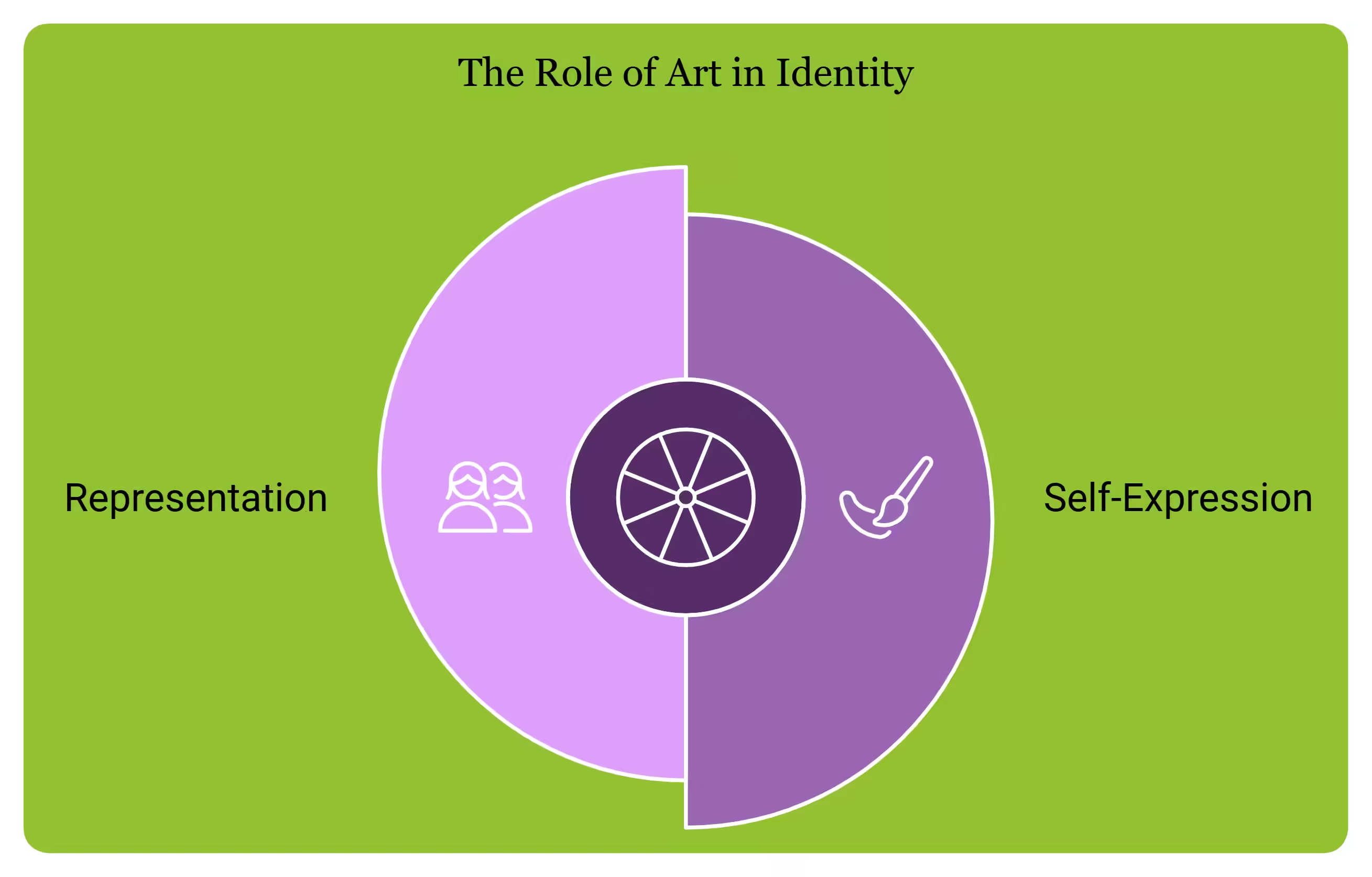
Self-expression
Artists use various mediums to express themselves. Whether through painting, sculpture, or digital art, each piece tells a unique story. This self-expression helps artists process their emotions and experiences.
Art becomes a visual diary of their lives. It captures their hopes, dreams, and fears. This process is therapeutic and can lead to personal growth.
Representation
Representation in art is crucial. It allows diverse voices to be heard and seen. Many artists focus on depicting their cultural heritage, struggles, and triumphs.
Through their work, they challenge stereotypes and bring awareness to important issues. This representation fosters empathy and understanding among different communities.
| Medium | Impact |
|---|---|
| Painting | Visual storytelling |
| Sculpture | Tangible expression |
| Digital Art | Modern narratives |
Art and identity are deeply intertwined. Through self-expression and representation, art becomes a beacon of resilience and hope.
Triumphs Captured In Art
Art has an incredible power to capture the essence of human experiences. Through colors, shapes, and textures, artists can convey deep emotions. Triumphs over adversity are often a central theme in many works of art. These pieces not only tell stories but also inspire and uplift.
Celebrating Success
Artists often depict success in vibrant and dynamic ways. Bold colors and energetic lines can symbolize victory. For example, a painting of a person reaching the mountain peak can signify achieving a goal. This visual representation of triumph can inspire viewers to persevere.
Sculptures also play a significant role in celebrating success. A statue of a runner crossing the finish line captures the essence of determination and hard work. Through these forms, artists celebrate the human spirit and its ability to overcome challenges.
Overcoming Obstacles
Artworks that focus on overcoming obstacles often tell powerful stories. These pieces can show the journey from struggle to victory. A painting of a broken chain can symbolize breaking free from limitations. Such art can be a source of hope and motivation.
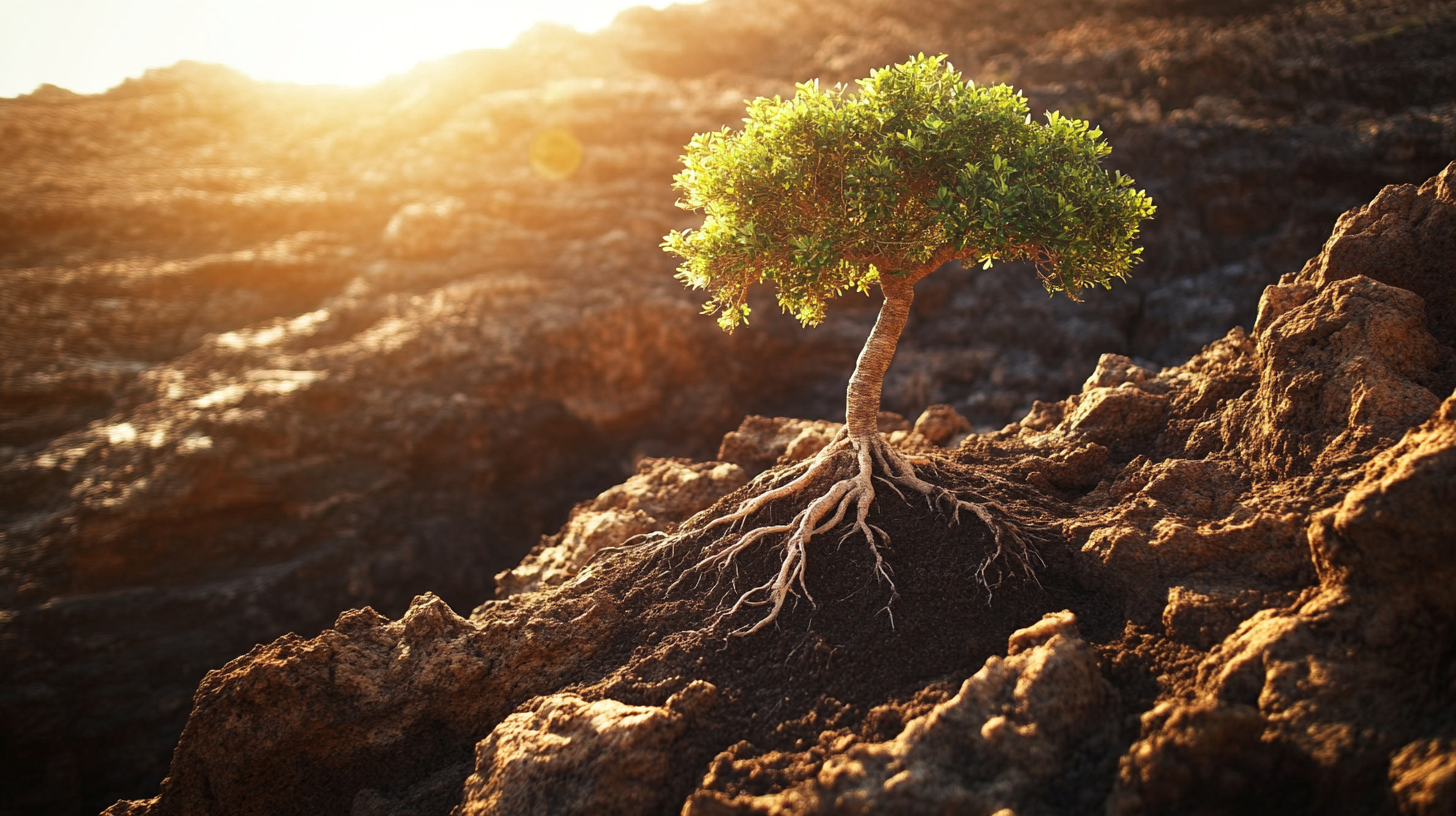
Photography is another medium that captures the essence of overcoming obstacles. A photograph of a person smiling after a hard battle speaks volumes. It tells a story of resilience and strength. These images remind us that challenges can be overcome.
| Art Form | Theme | Example |
|---|---|---|
| Painting | Celebrating Success | Person reaching mountain peak |
| Sculpture | Celebrating Success | Runner crossing finish line |
| Painting | Overcoming Obstacles | Broken chain |
| Photography | Overcoming Obstacles | Smiling after a battle |
Future Of Adversity In Art
The future of adversity in art is evolving rapidly. Artists are finding new ways to depict struggles and triumphs. This evolution is influenced by emerging artists and technological advancements. These factors are shaping the way we understand and appreciate art.
Emerging Artists
Emerging artists bring fresh perspectives to art. They come from diverse backgrounds, adding new voices to the art world. Young artists often experience different struggles than their predecessors. This diversity enriches the representation of adversity in art.

Many new artists use mixed media and unconventional materials. This approach challenges traditional forms and opens new avenues for expression. These artists highlight social issues, personal struggles, and triumphs in unique ways.
Technological Influence
Technology plays a significant role in modern art. Artists use digital tools to create more impactful pieces. Virtual reality (VR) and augmented reality (AR) offer immersive experiences. These technologies allow viewers to engage with the art on a deeper level.
Tablets and software enable precise and detailed work. Social media platforms help artists share their stories with a global audience. This connectivity brings widespread attention to adversity-themed art.
Below is a table summarizing the key influences on modern art:
| Influence | Impact |
|---|---|
| Emerging Artists | Diverse perspectives, new materials |
| Technological Tools | Enhanced detail, new forms |
| Social Media | Global audience, increased visibility |
In summary, the future of adversity in art is shaped by new artists and technology. These factors are changing how we view and create art.
Frequently Asked Questions
How Can Art Show Resilience?
Art shows resilience by adapting to challenges, reflecting societal changes, and inspiring hope. Artists innovate and push boundaries.
What Type Of Art Is The Voyage Of Life?
“The Voyage of Life” is a series of four paintings by Thomas Cole. It represents the stages of human life.
What Is Art Technique That Reflects Life As It Truly Is?
Realism is an art technique that reflects life as it truly is. It portrays subjects accurately and without idealization.
What Is The Anti-art Movement Called?
The anti-art movement is called Dada. It began in the early 20th century. Dada artists rejected traditional aesthetics.
Conclusion
Art is a powerful medium that captures the essence of adversity. It tells stories of struggle and triumph. Through creative expression, artists inspire resilience and hope. This unique blend of emotion and creativity continues to resonate. It reminds us of the strength and beauty found in overcoming life’s challenges.

